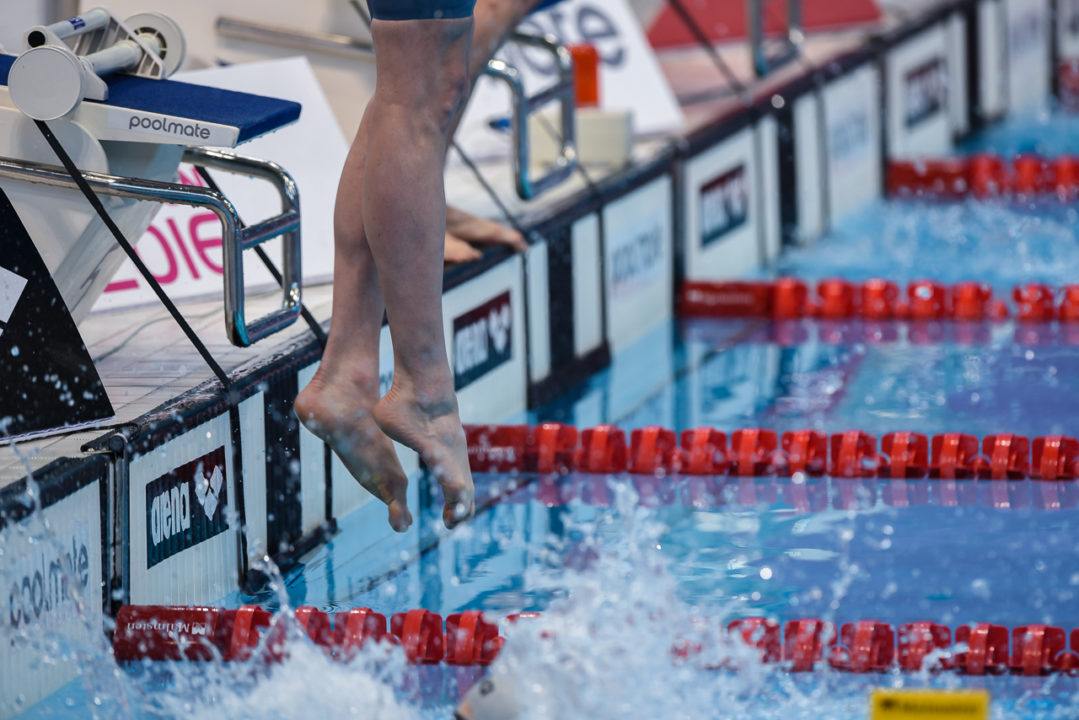The Rio Olympics established once again that the United States is the world’s top swimming nation. The US success has several major causes:
- The United States is a big country. Some smaller countries are pretty efficient at producing world class swimmers. Of the countries with a big population (100 million plus) the US is far and away the best. Within this big country there are a lot of ways to get involved in swimming. There is swimming on clubs, in schools, in recreational leagues and more. This is fairly unique in the world
- The US system is decentralized. This means that the top swimmers come from many different clubs and coaches. There are a lot of options for an elite US swimmer to find the right “fit” in terms of coach/team.
- The college system means that most of our elite swimmers will get a chance to develop with relatively little disturbance through age 22. College is such a bonus that hundreds if not thousands of international swimmers flock to the US every year to take part.
All this said, there are some deep flaws in how we develop swimming athletes in this country. It is a flaw that affects female swimmers more than males, because their developmental path to world class can be so much shorter in time.
Missy Franklin is just one example of an age group phenom that has so far struggled in her post age group career. Before her there was Dagny Knutson. Before Knutson came Katie Hoff. Those are three swimmers that could have won multiple 2016 individual medalists. Remember, Hoff is still only 27, 1.5 years younger than Dana Vollmer. Knutson is 24.
The purpose of this article is not to blame developmental coaches, nearly all of whom are overworked and underpaid. When I say “developmental coaches” I’m talking about nearly every swim coach in the world, since only a few are only “end game” coaches. It is also not to blame parents, or the swimmers themselves.
The purpose is to suggest ways we can come together to improve a system that is already outperforming the rest. While some of the changes will have a bigger impact on female swimmers, this is only because they have been more deeply effected by the “way things are”. Without further ado, here is the first way we can make it better:
Integrate mindset training at all developmental levels.
From the very beginning of a swimmer’s competitive career, there should be at least as much time and effort dedicated to their mental approach to practice and competition. Coaches should either have training or outside help in this regard.
It is shocking and dismaying how many swimmers make it to the upper echelons of the sport without this crucial piece of development. Our current system is amazing at putting out physically fit young swimmers that are capable of amazing feats of bodily endurance.
Swimmers should be taught mental skills and evaluated on them, just as they are on their training capacity and skills in the water. Just as it would be dangerous to send a swimmer from the blocks without the right starting technique, it is dangerous to advance swimmers to high levels of training and competition without proper mindset training.
They should learn what a growth mindset is and how to develop it. How optimism is a skill that they can develop, just like proper form on a turn. Swimmers should learn about character strengths, what they are and how they inform their perception of the world.
Lastly, coaches, parents and leaders must do what they can to de-stigmatize mental illness, so that swimmers can get effective treatment, just as they would for a sore shoulder.
This is just one step. Coming up next: how authoritarian coaching models “work” in the short term but are damaging in the long term, and what we can do to change that.
Chris DeSantis is a personal swim coach and consultant. He has an advanced degree in research backed methods for mental preparation. Like his facebook page and email him at [email protected] to book a consultation.

I agree with your premise but i believe that Missy has been hurt by her back injury and Dagny had an eating disorder. Also Dagny was totally screwed up by bad advice given to her by our USA National Co-ordinator. She had committed to college swimming and was advised to go pro. Then had real financial struggles when the USA support was not forthcoming.
Agreed, Knutson was absolutely taken advantage of, the courts have decided on that. Eating disorders are classified as mental illnesses, so I’m not sure what you are insinuating. As I said in my article, more effort should be made to de-stigmatize mental illnesses and treat them. Thankfully Knutson has been strong enough to get some treatment and is in recovery.
He is absolutely right about the metal approach. Almost every practice I talk to my swimmers about the mental aspect and confidence. My best athletes have always believed in themselves. The struggling ones don’t. I’m not saying that’s all there is but certainly a major component of success.
I wonder if the fact that Vollmer is a sprinter has any bearing at all on the adherence factor as well? (If so, you could add Dara Torres into the discussion as well) The other three ladies mentioned in the article are much better at middle distance events and may have to put in more yardage for training toward those particular events which may add to the burn out–if that’s even what it is
Katie Hoff is about 1.5 years younger than Dana Vollmer. Dagny Knutson is 4 years younger.
Thanks, fixed
So Franklin, Hoff, and Knutsen “struggled” after age group and lacked mental skills? Any substantive evidence female athletes are affected more than male?
Mainly based on having two eyes and ears and coaching post-pubescent female swimmers both in the college and club setting.